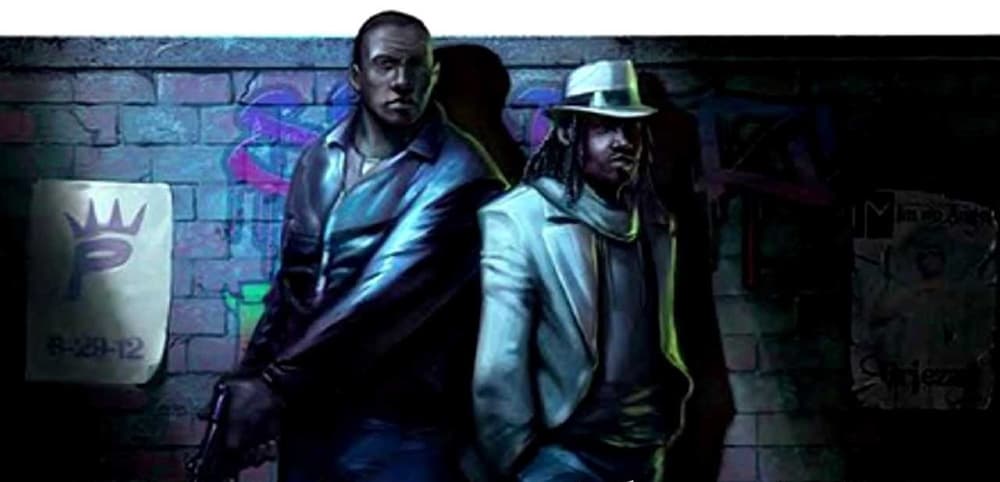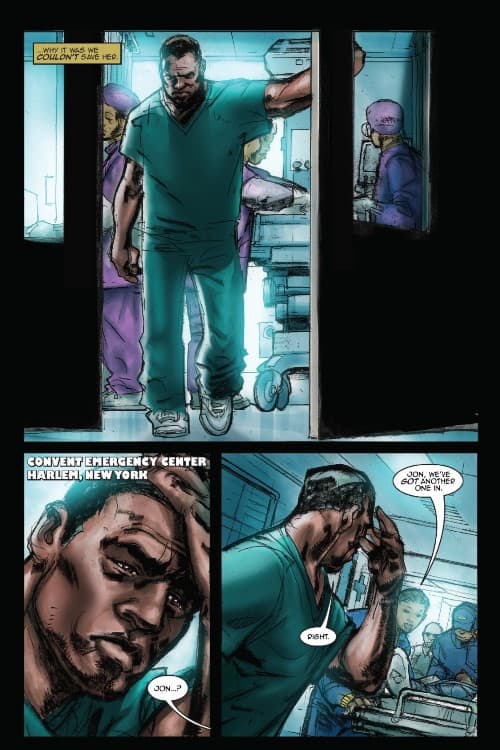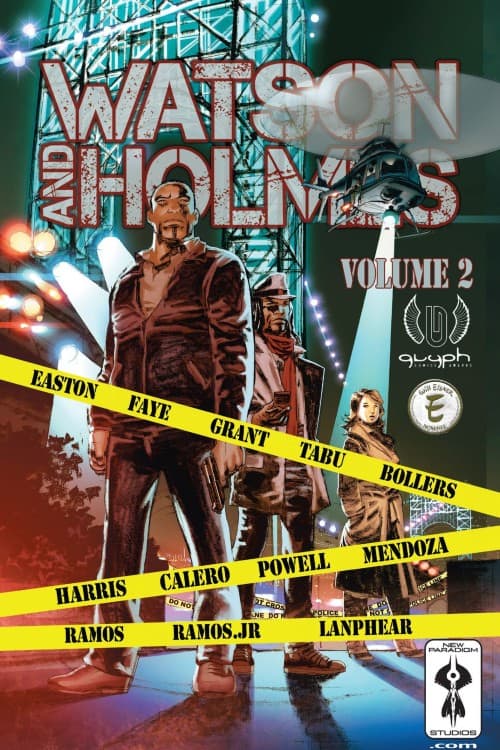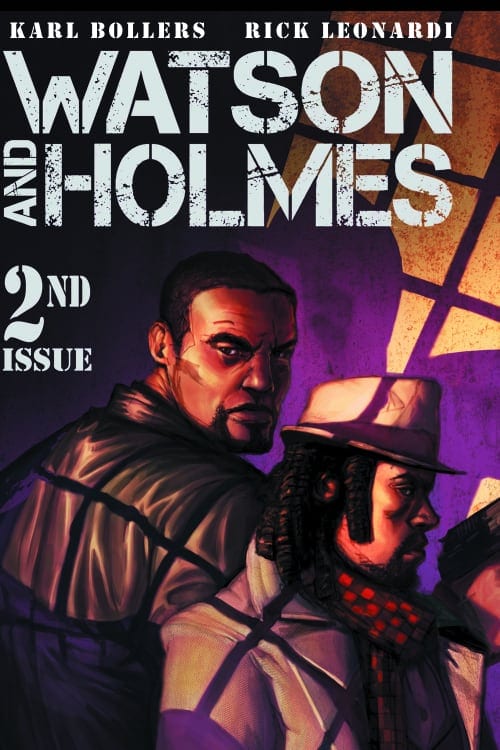Black History Month Graphic Novel Spotlight: Watson and Holmes: A Study in Black
Who doesn’t love a good mystery? And who doesn’t love Sherlock Holmes? Well, this take on the famous detective is one of the best reimaginings out there. Writer Karl Bollers and Pencilers Larry Stroman and Rick Leonardi’s Watson and Holmes: A Study in Black takes the classic Sir Arthur Conan Doyle characters and reintroduces them as two black men in modern-day Harlem. But merely changing the race, time, and location of Doyle’s A Study in Scarlet isn’t what makes the graphic novel a must-read.
Karl Bollers Tells One of the Best Sherlock Holmes Story in Any Time Period

(image: Watson and Holmes: A Study in Black, New Paradigm Studios)
A missing girl. A wrestles city. An uneasy partnership between a veteran of the Afghan War and a neurotic private investigator. It’s the classic story. Yet these characters, as steeped in Doyle’s legacy as they might be, are still fresh and unique. In an interview with Previews World, Bollers noted how they “were amazed by how much of the Arthur Conan Doyle template for the characters remained intact.”

(Image: Watson and Holmes: A Study in Black, New Paradigm Studios)
The best thing about Bollers’ story is that Watson takes center stage. Instead of being the sidekick he’s always been before, in Watson and Holmes: A Study in Black, Watson “is a seasoned veteran of the Afghanistan war, a skilled medical practitioner and, at 6’3”, 225 lbs… somebody whose bad side you really don’t want to get on!” Meanwhile, Holmes is both familiar and new. As the classic OCD detective, the above-and-below-ground world of Harlem gives him plenty of new reasons for his compulsive detective work to shine.
Leonardi and Stroman’s art in Watson and Holmes: A Study in Black Helps Redefine a Classic

(image: Watson and Holmes: A Study in Black, New Paradigm Studios)
One of the best things about the art in this story is that it is genuinely Harlem. “Many of the key scenes in the story happen in actual NYC locations,” Leonardi said in an interview with New York Post. “The Third Avenue Bridge appears in Issue 2,” he continued, “as does Harlem Hospital. The 23rd Regiment Armory in Brooklyn plays a key role in Issue 4, and if you look hard, it’s possible to make out the boathouse on Harlem Meer in Central Park there too.” The only place that is fictional is Baker Street itself, but it’s still based on the brownstone homes popular in Harlem.
The way Watson and Holmes look in A Study in Black also makes them feel more tangible than most iterations of the characters. Watson isn’t glamorized. He dressed for form and function, especially as an ER medic. And as Leonardi points out, “Frankly, in these early issues he’s too preoccupied with his personal situation to dwell much on fashion. He’s living out of his car trunk!” Meanwhile, Holmes simultaneously feels like Sherlock from 1892 and completely new.
Leonardi trades the deerstalker hat for a classic fedora. He has a bit of fun with the hat too: “the hat, of course, is the signature element for Holmes, and it’s a clue to his state of mind whether it’s on or off, pushed back or angled forward, hiding his face or framing it.” Then he has more pockets and pouches that Nathan Summers in the 90s can even dream of—just not strapped all over his chest.
A Study in Black Redefines Watson and Holmes While Celebrating their History.

(Image: Watson and Holmes: A Study in Black, New Paradigm Studios)
Somehow, despite nearly 130 years of everchanging Holmes stories, Bollers, Leonardi, and Stroman make us fall in love with these characters all over again. Watson and Holmes: A Study in Black achieves two significant accomplishments. One, it shows that the characters Arthur Conan Doyle created over 100 years ago can relate to people of any race, culture, time period, or country. Two, it demonstrates how powerful the creative team is. Despite hardly being the first people to redefine Doyle’s work, Bollers, Leonardi, and Stroman’s work doesn’t feel like “just another Holmes story,” or even “another cool take on Holmes.” It’s unique to the degree that the work stands on its own.
And I know this first-hand. I taught Watson and Holmes: A Study in Black a few years ago in a first-year graphic novel literature class. The students loved it, as I thought they would. But sadly, about half of the class didn’t know that the characters came from a book from the 1800s. However, they didn’t have to know anything about Arthur Conan Doyle or his books to enjoy Bollers’s rendition. In fact, for them, Sherlock Holmes and Jon Watson will always be two amazing Black characters from Harlem…and Robert Downey and Jude Law secondary.
If you have a chance to get this graphic novel, don’t hesitate. You’ll want to read it several times, just like some of us do with the classic Doyle books. It also gives us even more creators to celebrate during Black History Month.
(Featured Image: Watson and Holmes: A Study in Black, New Paradigm Studios)
Black History Month Graphic Novel Spotlight: Watson and Holmes: A Study in Black
Roman Colombo
from Comic Years https://ift.tt/2URlN10
https://ift.tt/2SukSlo

0 comments:
Post a Comment